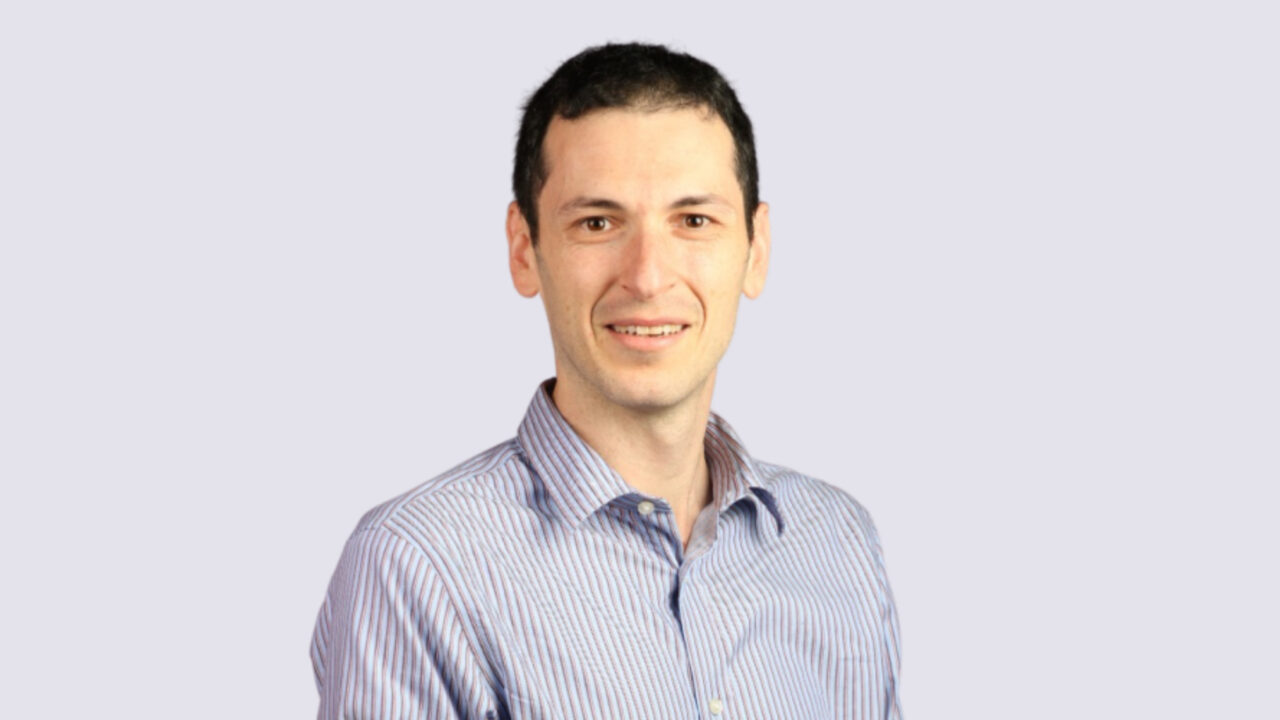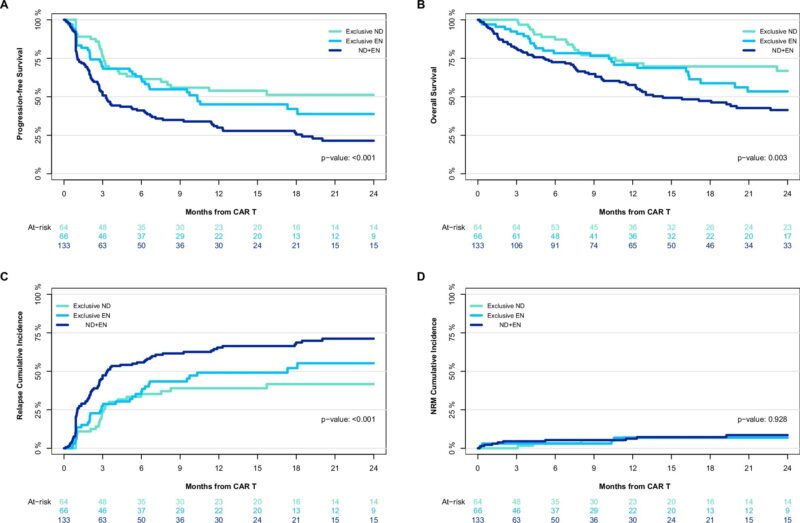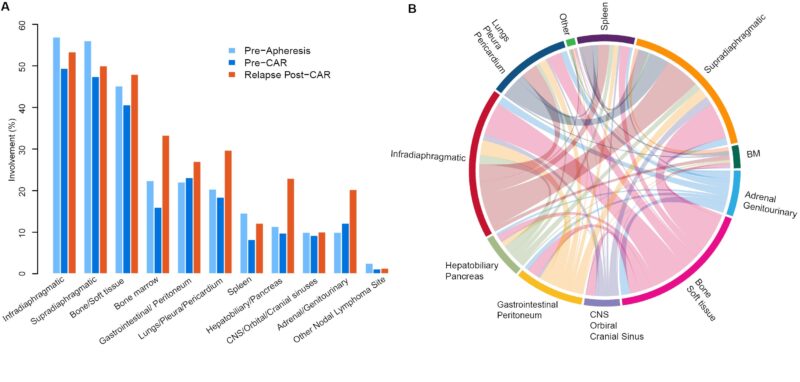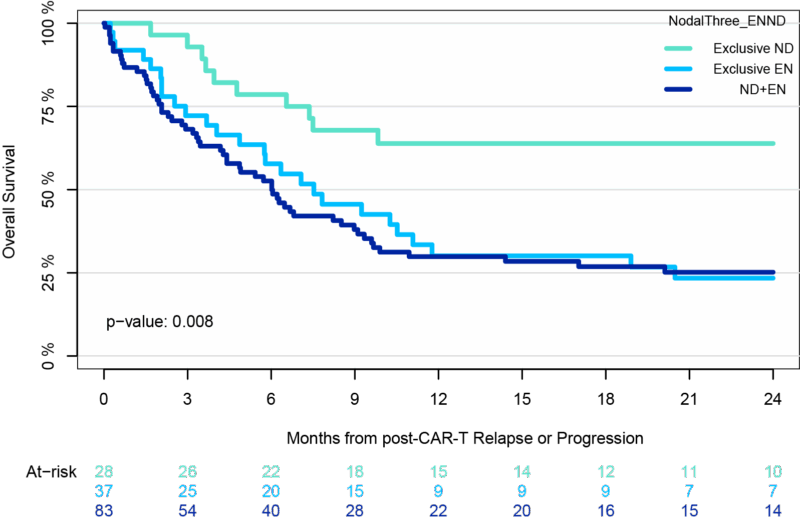
Roni Shouval: CAR T-cell therapy response varies by extranodal disease site in large B-cell lymphoma
Roni Shouval, Assistant Attending of Bone Marrow Transplantation and Cellular Therapy Service and Principal Investigator of Precision Cellular Therapy Research Group at Memorial Sloan Kettering Cancer Center, shared a post on X about a paper he co-authored with colleagues published in Blood Cancer Journal:
“CAR T-cell therapy response varies by extranodal disease site in large B-cell lymphoma”
Authors: Alejandro Luna, Sean Devlin, Kai Rejeski, Jessica Flynn, Magdalena Corona, Brandon Imber, Gilles Salles, Jae Park, Miguel-Angel Perales, Roni Shouval et al.

“Excited to share our new study in Blood Cancer Journal led by Alejandro Luna.
‘CAR T-cell therapy response varies by extranodal disease site in large B-cell lymphoma.’
We asked:
Do specific anatomical sites act as sanctuaries from CAR T?
We analysed 958 PET-CTs from 283 LBCL patients treated with commercial CD19 CAR-T at Memorial Sloan Kettering Cancer Center.
Disease sites were categorized as nodal (ND) or extranodal (EN).
EN involvement was common – seen in 76% of patients at baseline.

Patients with exclusive EN disease had outcomes similar to nodal-only cases, but those with both EN + nodal involvement had lower CR rates and shorter PFS – an observation also reported in a parallel publication by Gloria Iacoboni et al.

Before CAR-T, the most commonly involved sites were nodal (≥45% infra- and supradiaphragmatic). EN sites were also frequent – bone/soft tissue (40–45%), GI/peritoneum (22%), and lungs/pleura (18%). Co-involvement patterns were frequent.

Site-specific responses to CAR-T varied widely – highest in bone/soft tissue, supradiaphragmatic nodes, and spleen; lowest in adrenal/GU, lungs/pleura, and CNS. Lungs and GI were also the most relapse-prone sites, with same-site relapse HRs of 7.8 and 6.0.

Among patients who relapsed after CAR-T, outcomes varied by site. Those with nodal-only relapse had 64% 2-year OS, compared to 25% with mixed EN + nodal and 23% with exclusive EN relapse. EN relapse was associated with markedly worse survival.

Our study highlights the need to consider disease location in CAR-T for LBCL. Patients with high-risk EN sites may benefit from tailored strategies – like site-directed radiotherapy – to improve outcomes.
Huge thanks to Memorial Sloan Kettering Biostatistics Service’ Sean Devlin for leading the statistical analyses, and to Alejandro Luna for his tremendous dedication to this work.”
More posts featuring Roni Shouval.
-
Challenging the Status Quo in Colorectal Cancer 2024
December 6-8, 2024
-
ESMO 2024 Congress
September 13-17, 2024
-
ASCO Annual Meeting
May 30 - June 4, 2024
-
Yvonne Award 2024
May 31, 2024
-
OncoThon 2024, Online
Feb. 15, 2024
-
Global Summit on War & Cancer 2023, Online
Dec. 14-16, 2023
